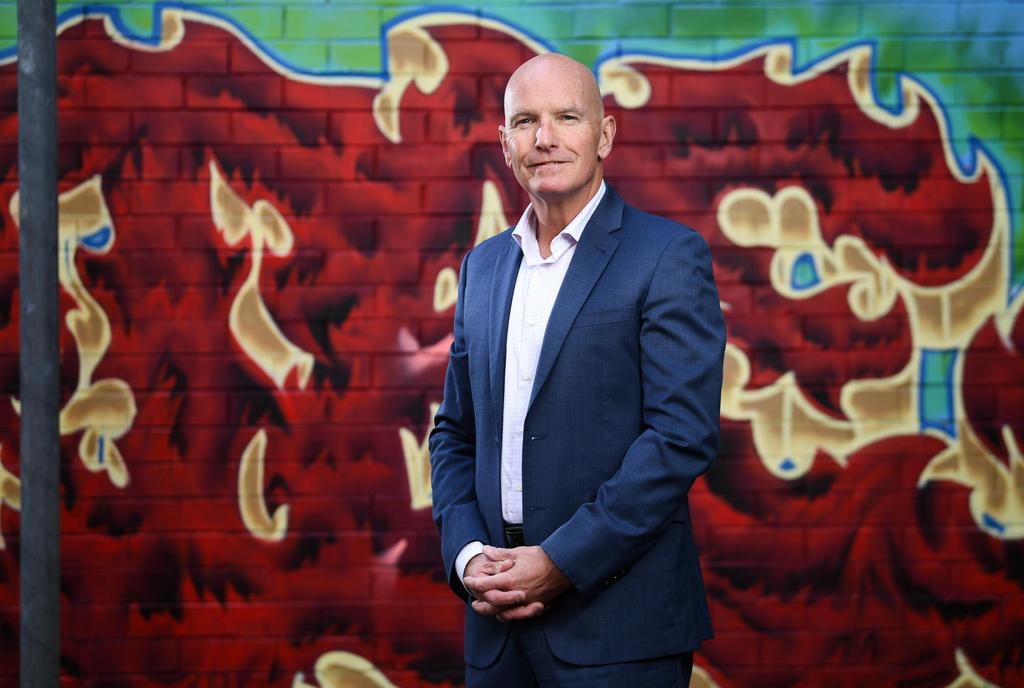Speaking yesterday at Knowledge Society’s Australian School Improvement Summit, behaviour expert Dr Tim McDonald told delegates it was time to ‘shift the dial in the narrative’ around what works best in classrooms.
Taking aim at AITSL’s Australian Professional Standards for Teachers, McDonald argued too many graduate teachers are entering schools without the practical skills they need to establish calm and safe learning environments.
Behaviour needs to be taught explicitly and in line with the science of learning, he said.
To this end teachers ought to draw on the power of scripts and routines – repeated consistently and without fail – to minimise disruptions and carve out more quality instructional time.
“I know going into (hundreds of) classrooms in schools, talking to graduates, that they say things [like] ‘we’ve never heard of this before'," he lamented.
According to the expert, too many teachers have been led to believe that they should be ‘relational’ with students, essentially handing children the responsibility of setting behaviour standards for themselves.
This is a huge mistake, McDonald suggested.
“We don’t outsource to novices. We don’t outsource the expectations to young people in the class, [we] don’t do it in the curriculum…”
“So why do we outsource? We outsource because the feedback is, ‘I’m a relational teacher. I want to form relations with students. If I enforce the rules and expectations, then I won’t be able to relate to them’,” he said.
“[But] we want to have a set of rules because it’s the only way we’re going to get buy in.”
Rhetoric around amplifying student voice has also hindered teachers’ capacity to tackle poor behaviour, McDonald argued.

McDonald says teacher training providers lack specialists in behaviour management.
Compared to the UK’s professional standards for teachers, which explicitly state the behaviour strategies and skills teachers are expected to have mastered, Australia’s are blatantly vague and unhelpful, McDonald added.
Proficient teachers, for example, are defined as being able to manage challenging behaviour by ‘negotiating clear expectations’ with students.
Meanwhile, highly accomplished teachers use a ‘flexible repertoire’ of behaviour management strategies.
This is harmful guidance, McDonald warned delegates.
“We don’t want flexible, ‘choose-your-own adventure’ in the classroom when it comes to managing young people.”
As ‘part of the narrative of teachers’, the outdated standards form “part of the barrier that we have to overcome, if we’re going to shift the goal and teach behaviour to our young people", he concluded.
In partnership with Knowledge Society, McDonald oversees Classroom Mastery, a PD program for teachers and school leaders offering best practice in behaviour management that draws on the science of learning and cognitive science.
He noted a common critique is thrown up when the instructional strategies that work best to engage students and de-escalate classroom conflict are shared.
‘One of the criticisms is … ‘you’re taking away my professionalism, my judgement’.
“Actually, it’s the opposite: I’m giving you back more time to enjoy teaching more…” he said.
McDonald is quick to point out that he is not the business of ‘ITE bashing’.
However, he said teacher training providers lacked specialists in behaviour management.
There was also a focus on building positive learning environments, rather than on imparting rigorous training in specific behaviour management skills to aspiring teachers, he flagged.
“A Dean of Education rang me and said, ‘Are you, Tim McDonald, ITE bashing?’
“And I said, ‘Not at all. I spent five-and-a-half years in teacher education, of course I’m not going to bash you’.
“But I said, ‘our problem that we have in the schools at the moment, is that we have students graduating from your university that don’t have the skill or the knowledge to manage a classroom so that learning happens’.”
“‘That’s not my fault, Tim,’ he said. ‘We only do 9 per cent of teachers in Australia. It’s not our fault’.”
Read more of our coverage on the Australian School Improvement Summit here, here and here.














